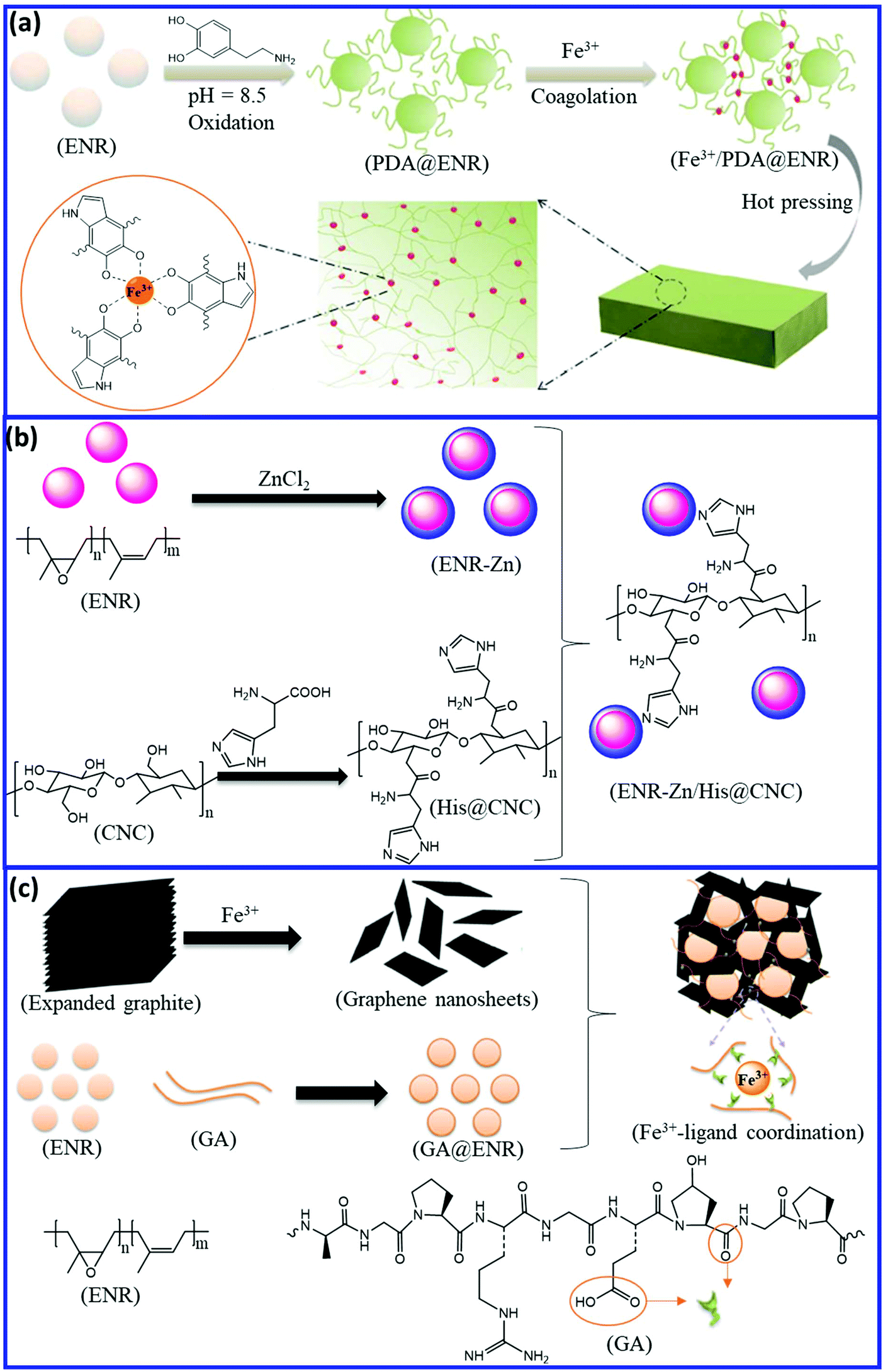
The CH-function on a C-C-triple bond (alkynes) will appear as a sharp, strong peak around 3300 cm -1. Latter ones are usually weak or medium in intensity. The range from 2850-3000 cm -1 belongs to saturated systems (alkanes, sp 3, example 1), while the peaks from 3000-3100 cm -1 indicate an unsaturated system (alkenes, sp 2, example 2 aromatic ring, example 3,4).

The C-H-stretching modes can be found between 28 cm -1, depending on the hydrization. In this range typically E-H-stretching modes are observed. The IR-spectrum can be divided into five ranges major ranges of interest for an organic chemist:Ī. The actual number of your vibration changes quite at bit, especially for highly polar compounds (Why ?). Also, be cautious when you compare spectra which were obtain with different techniques (solution, Nujol mull, KBr pellet). However, it is not necessary to interpret every little peak in the IR spectrum. C-H, C-C, C=C, etc., will usually show weak or medium sized peaks in the IR spectrum.Īn interpretation of an IR spectrum should include a detailed assignment of the peaks: exact wavenumber from the spectrum (integer), the intensity (w/m/s/br) and which functional group it represents, and maybe in addition the corresponding literature value. Groups with a small difference in electronegativity e.g. This is very likely for groups which already possess a significant dipole momentum to start with e.g. The more complicated the molecule is (the more atoms it possesses and the lower the symmetry), the more peaks can be observed in the IR spectrum (see example 3 and 4).Ī signal is only observed in the IR spectrum, if the dipole momentum of the molecule changes during the interaction with the electromagnetic radiation. If there is no symmetry in the molecule most of them will be observed the IR spectrum the remaining modes will be observed in a Raman spectrum. CO 2 one expect to find 3N-5 (3*3-5=4) modes. For non-linear molecules 3N-6 (2N-5 bending, N-1 stretching) vibrations are observed (e.g. The number of basic stretching and bending modes expected for a molecule increases with the number of atoms in the molecule. The required energy for this process is much smaller (1-5 cm -1 ) and causes together with some other effects the broading of the 'lines'. Unfortunately, the change in vibration modes is always accompanied with change in rotational mode (Stokes and Anti-Stokes). H/D-exchange in labeling experiments although the bond strength remains the same.īased on the equation, one would always expect a sharp lines at a well defined wavenumber. If the masses of the involved atoms increase, the peak will shift to lower wavenumbers e.g.

If the force constant F (= bond strength) increases, the stretching frequency will increase as well (in cm -1 )ī. Once the infrared scanner is appropriately charged and aimed correctly, it will give a comparable temperature reading.From this equation, one can deduce some basic trends can be deducted:Ī. The best course of action is to take the temperature on the wrist rather than pointing to the forehead. Repeated and cumulative exposure to any form of radiation is not good since the long-term adverse effects can only be quantified after extensive population-based studies in tens of thousands of people over many years. Direct forehead scans are still bothersome for cancer-causing potential, despite claims that they are safe. We are already exposed daily to radiations of many forms from our Wi-Fi, phones, watches, smart TV, microwaves, medical scans, airport scans, commercial building scans, and electrical appliances, to name a few. Some health care workers and patients reported sleep disturbances, including nightmares after daily forehead temperature checks. The main concerns are the adverse psychological, physiological, and neurological effects of having a gun shaped-like device pointed to someone’s forehead daily and repeatedly. There are variations on readings in the same person when it is made after walking, running, moving from one building to another, car or bus riding. There are discrepancies in the temperature readings in different brands and minor variations when the temperature is taken from one region of the body to the other.

Now with COVID-19 in 2020, there is a massive upsurge in the use of these kinds of thermometer to check the body temperature of humans. These thermometers were primarily used in the meatpacking and food industries, and for mechanical and building inspections to assess temperatures. We are very concerned about the long-term effect of daily use of non-contact infrared thermometer on the forehead of healthcare workers and the general public. The negative impacts of the non-contact Infrared thermometer


 0 kommentar(er)
0 kommentar(er)
